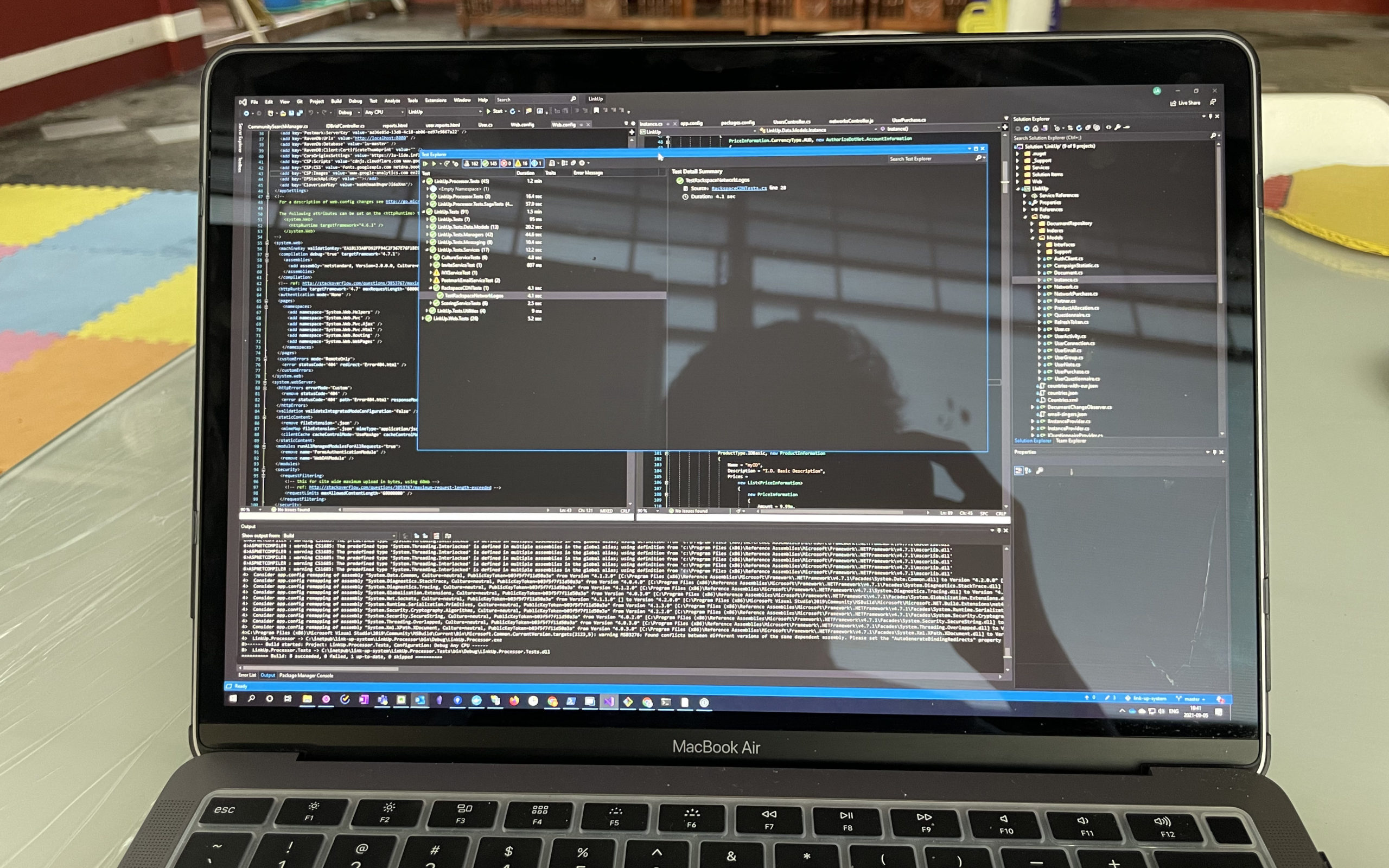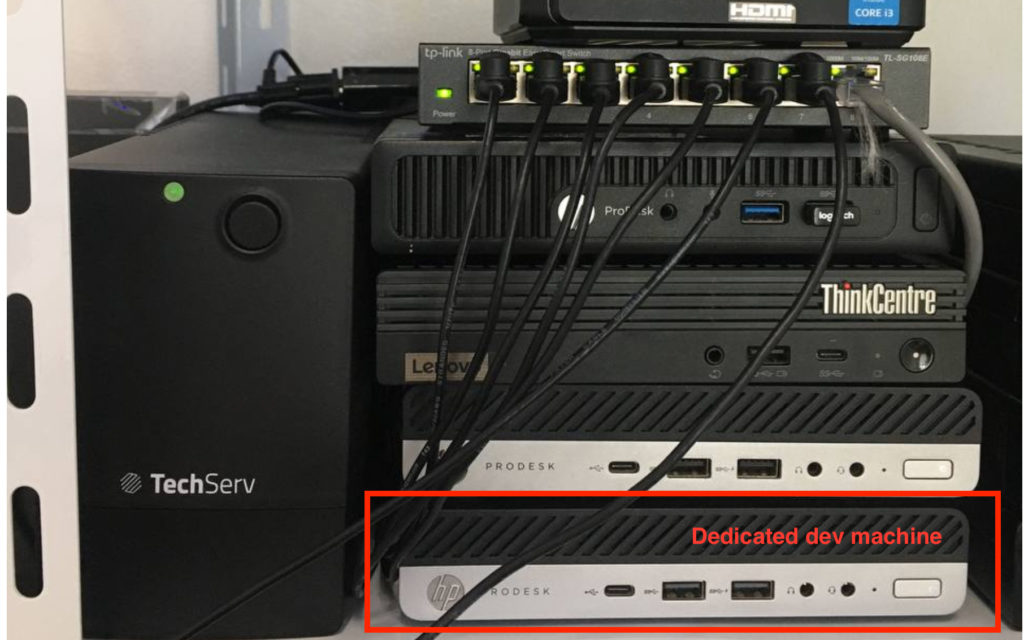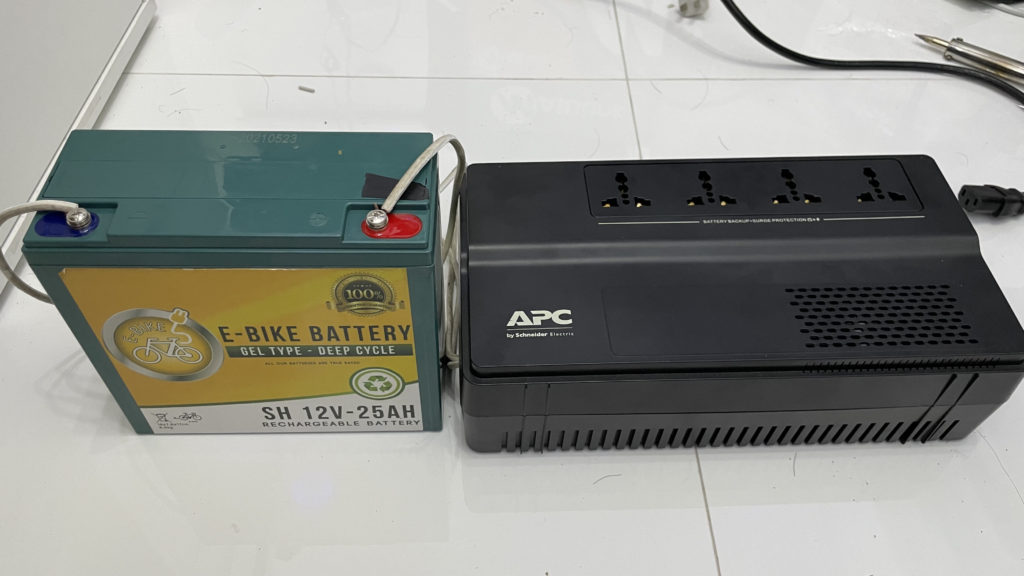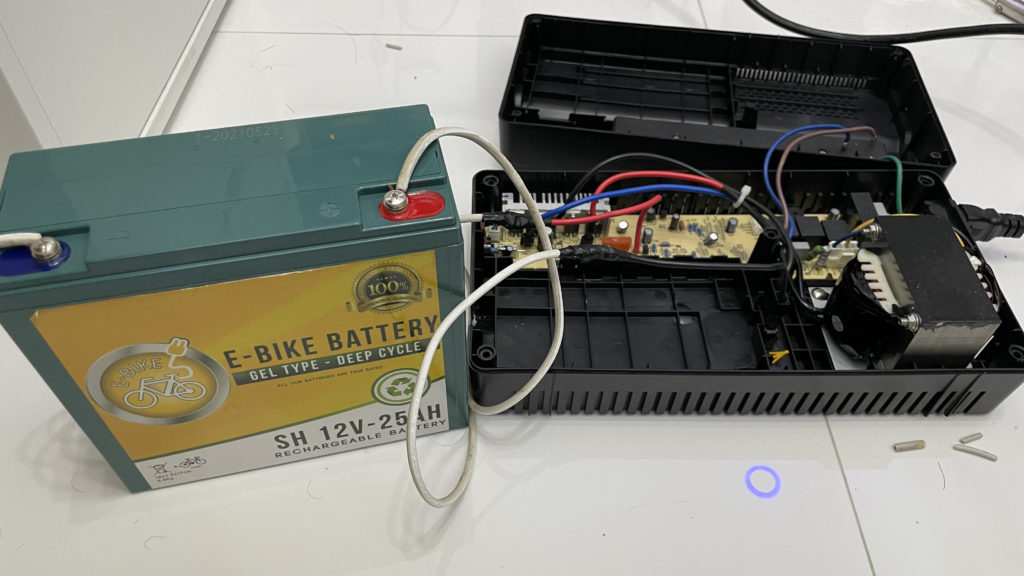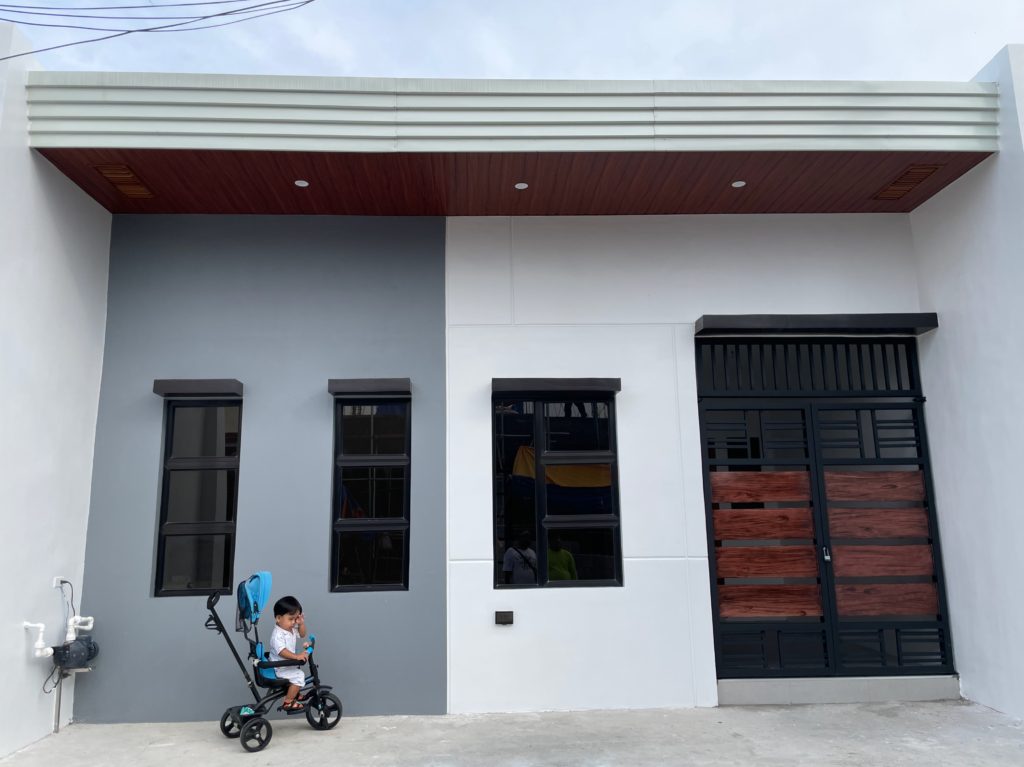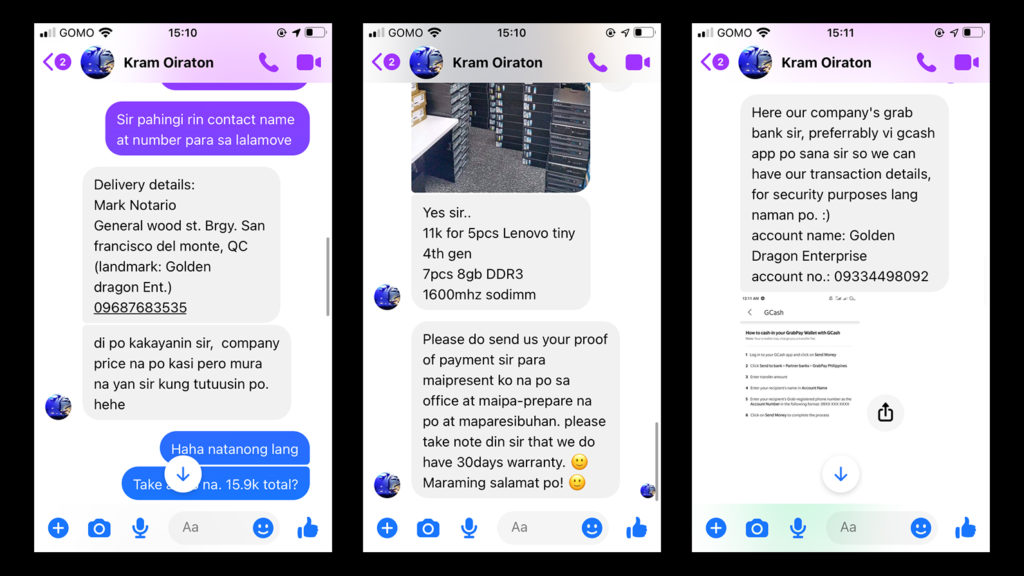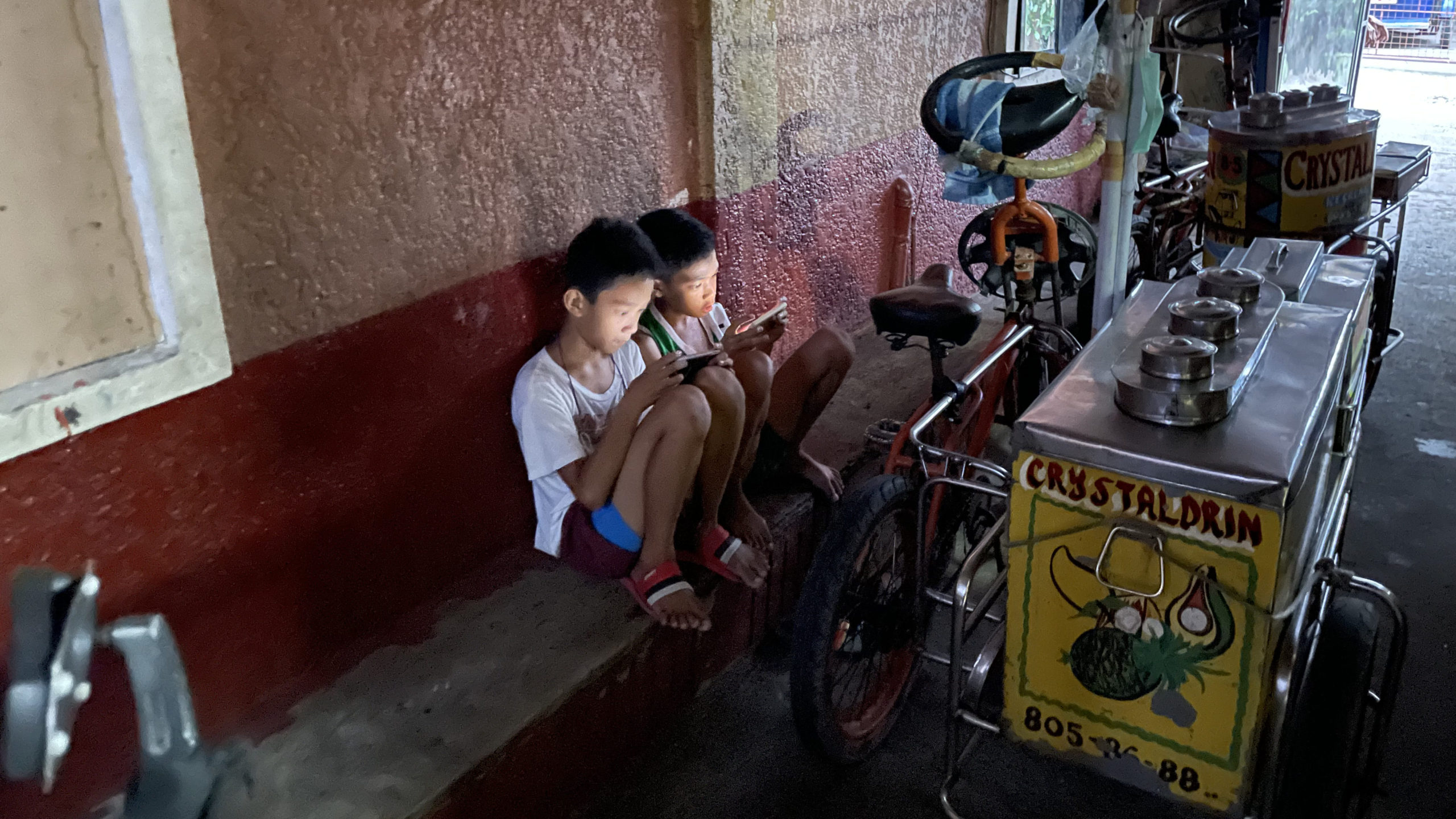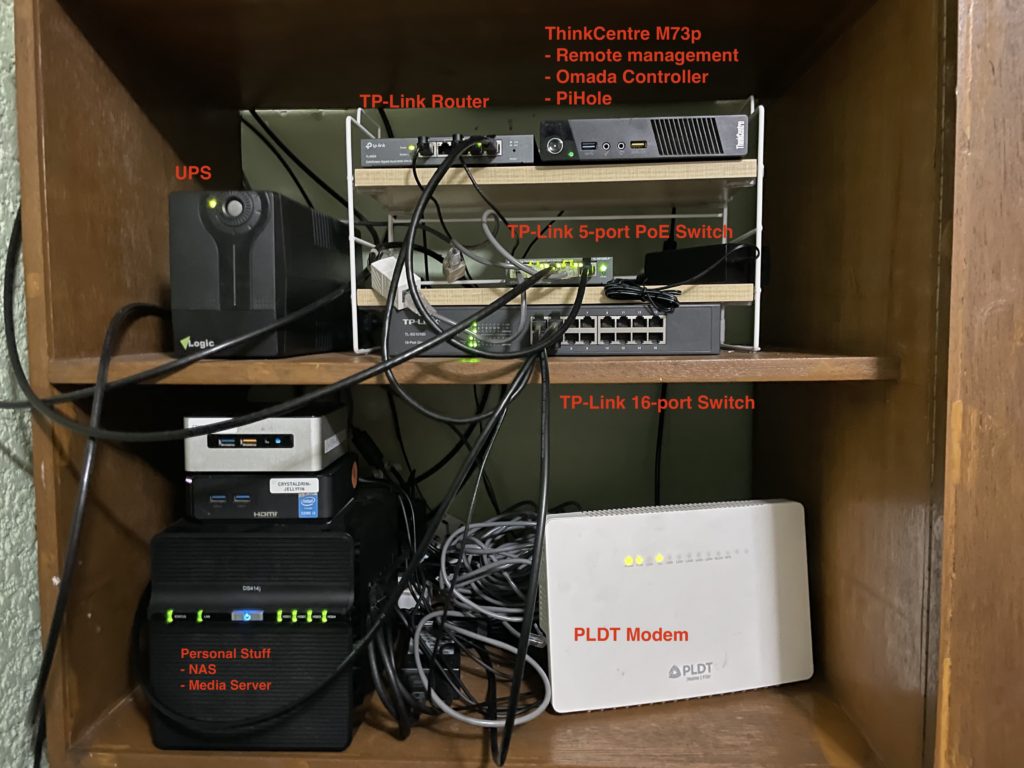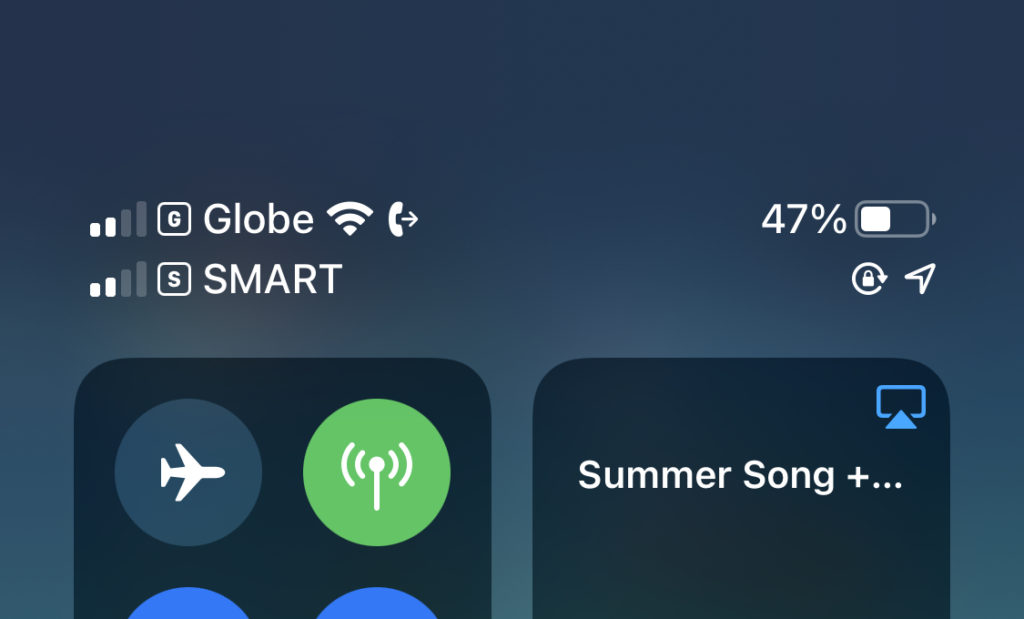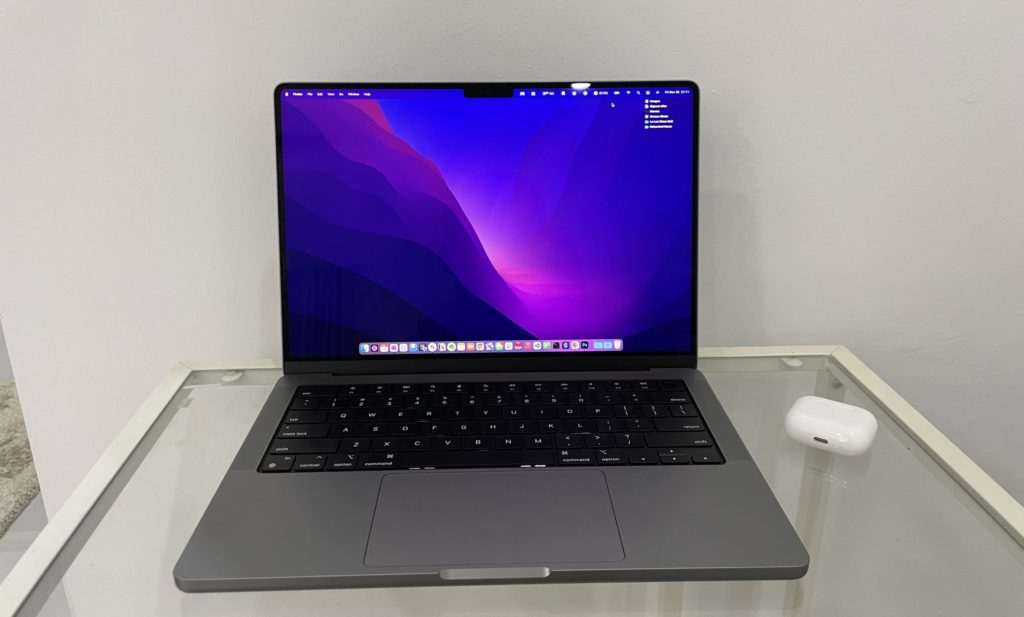
I recently got a new a job as a Cloud Engineer. Part of pre-onboarding was choosing my preferred equipment. The recommended machine for engineering roles was a MacBook Pro 13″ 16gb 512gb with an AirPods Pro (or any equivalent). Since Intel-based MacBooks are getting phased-out, I opted for a MacBook Pro 14″.
Here’s where my issue surfaced. Even though I’m not the one paying for it, it still felt excessive. I already have a personal MacBook Air that’s half the cost and also good enough to do my role. My role requires ridiculously low computing power to be productive. When I got it, I wasn’t giddy or super excited as I should be. I felt some kind-of waste on adding another stuff to my life, when I already have something I can use. It literally sat on my desk for a full week before I started using it.
I wondered why:
- I like getting away with as minimum as I can – I think the optimal position to be in is just right in the middle. Not lacking, but also nothing in excess.
- Cheaper stuff requires less care and easy to replace – I get more excited with cheap electronics than most expensive ones. I like not having the best. Easily replaceable.
- Less emotional attachment to material things – If it breaks (which it will inevitably will), then it breaks. No hard feelings. I’ll just buy a new one. A line in Fight Club stuck with me when I start to feel I’m too invested in a particular thing: the things you own end up owning you.
This all made sense. But at the same time, I’m also wondering: Am I just rationalizing? Is it probably because I feel I don’t deserve the best?
I don’t know. I’m still figuring it out.
